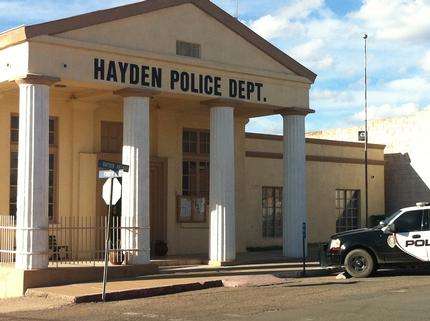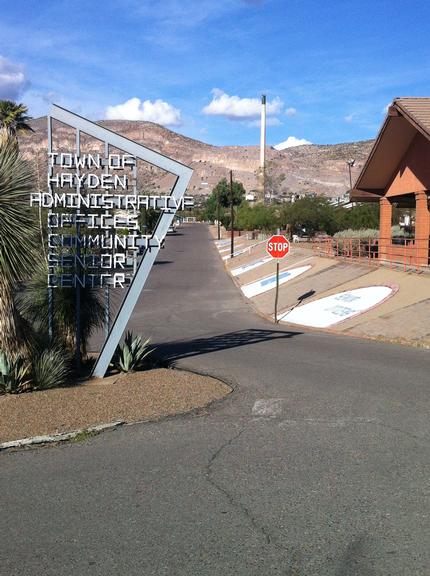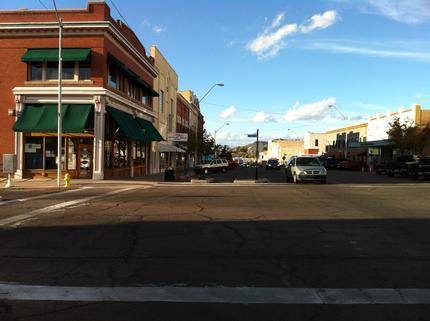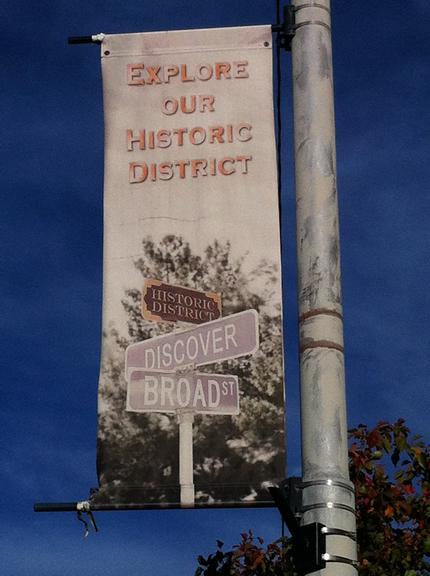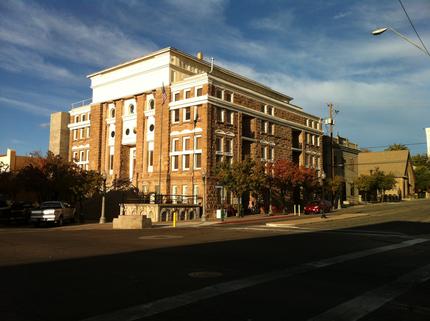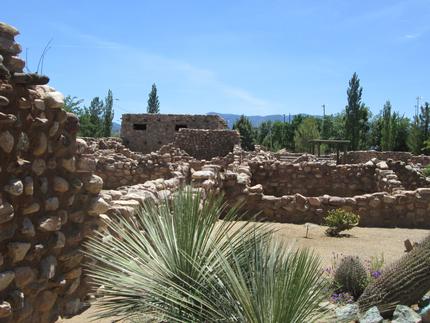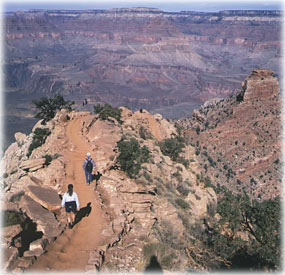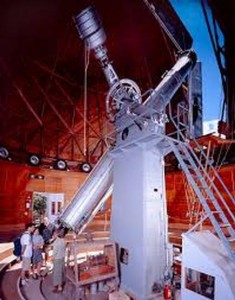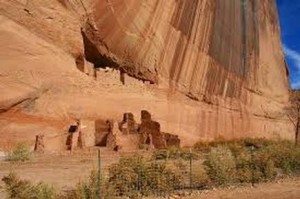Copper Corridor Spotlight: Town of Hayden
The Town of Hayden is a copper mining town located in southeast Gila and Pinal Counties. Originally founded as a company town, it was shaped by patterns of immigration over many generations. It is rich in history, and the heritage bond of the community is solid. Hayden celebrated its centennial in 2009. The local Catholic Church celebrated its centennial in 2013. ASARCO Copper Mine also celebrated 100 years of operation in the community. The ASARCO mine employs workers from all over the state, and this mine contributes millions of dollars to Arizona’s economy. The ASARCO mine is one of the last two operating smelters in the United States.
The Town of Hayden is a warm and welcoming community that attracts individuals to partake in recreational activities. The weather in Hayden is beautiful most of the year, which is ideal for golfing on our nine-hole golf course. The tree-lined golf course sits off the banks of the Gila River. Around the golf course, you can picnic at one of the ramadas, camp at the RV park, or in the summer, enjoy little league games.
The Town of Hayden takes great pride in having a full operating senior center. Our senior center provides meals for the elderly in all our local neighboring communities and activities and social events Monday through Friday. The senior center is also staffed with vehicles to assist in transporting participants from the outlying communities to our location. The Town of Hayden provides support in continuing the Meals on Wheels program throughout the Copper Corridor. The town council understands the need to plan for the future and approved a state-of-the-art wastewater treatment plant to improve the town’s infrastructure.
The Town of Hayden is resilient. Its residents continue to practice their heritage and cultural traditions, making it a true Arizona community working to stabilize itself, improve its housing stock and commercial buildings and strive for economic growth and community development.

